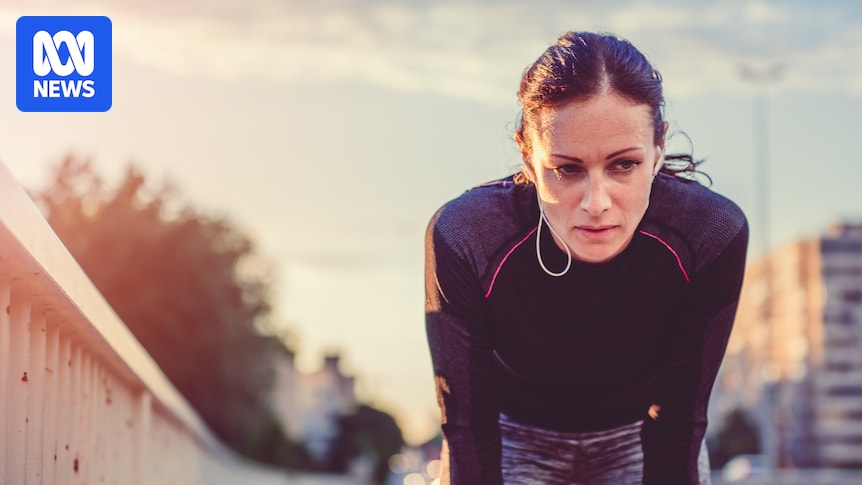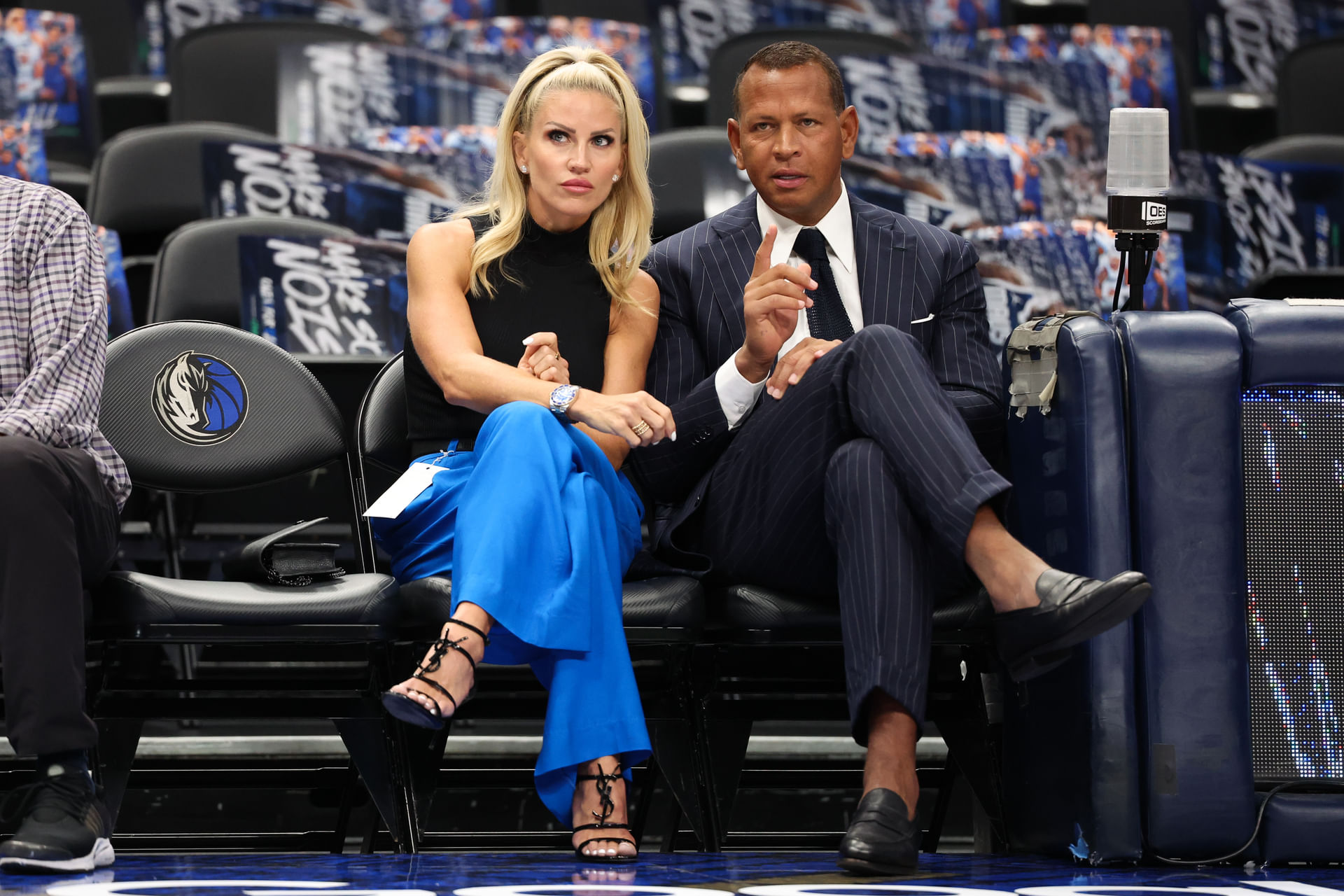Shorter days and colder mornings can make regular exercise even more challenging in winter.
The concept of “wintering”, popularised by a book of the same name by Katherine May, even champions the benefits that come with slowing down during the colder months.
But health and exercise experts say there’s not much to support the idea of winter hibernation for your physical health.
What does ideal exercise look like during winter?
Mandy Hagstrom is an exercise scientist at the University of New South Wales, on Gadigal land in Sydney. She says we tend to expend less energy (by moving around less because it’s unpleasant outside) and intake more energy (think comforting winter dinners) over the colder months.
Meredith Woolsey and her dog Macduff after a walk in wet weather. (Supplied: Meredith Woolsey)
That’s why — in her opinion — “it’s probably more important to continue [exercising] from just a general health and weight maintenance perspective”.
However, Dr Hagstrom says “there are definitely benefits to taking times of rest and recovery in your training program“. These breaks are usually short term, rather than seasonal, she says.
“[Wintering] doesn’t go hand in hand with [our] modern lifestyle, but the concept of nurturing yourself through times of stress and adapting exercise accordingly I think is really important.”
Meredith Woolsey, an exercise physiologist in Adelaide — on the traditional lands of the Kaurna people — says it would be unrealistic to expect to maintain an identical routine across the year.
She says the sports people play, their schedules and the number of daylight hours all shift with the seasons.
“Do what is going to work for you,” Ms Woolsey says.
“We just want to make sure we’re doing an amount [of exercise] that is going to keep everything working well for you in your life.”
If your winter routine involves exercising out in the cold, she says it’s even more important to do a good warm-up and cool down and to wear appropriate gear so you don’t increase the risk of injuring yourself.
What is the bare minimum for exercising?
Conan Shing says if you’re exercising in the cold, your body has to work a bit harder, so you may want to lower the intensity. (Supplied: Conan Shing)
Conan Shing is a PhD student at the School of Human Movement and Nutrition Sciences at the University of Queensland in Meanjin/Brisbane, and he says the “bare minimum” differs from person to person depending on their fitness and wellbeing goals.
“It’s important to be consistent because if you don’t use it, you do loose it,” he says.
There are national guidelines, which Mr Shing says can “sound like a lot, but really it’s just 30 minutes [of vigorous activity] a day during the work week“.
The Australian Government’s physical activity and exercise guidelines recommend adults between the ages of 18 and 64 are active on most days, with a weekly total of “2.5 to 5 hours of moderate activity or 1.25 to 2.5 hours of vigorous activity or an equivalent combination of both“.
Dr Hagstrom says recent research shows that strength and endurance can be maintained with “minimal dose work” or fewer exercise sessions — provided the intensity is also maintained.
It’s OK to go through phases of doing less, she says, “but don’t do nothing, because you can still maintain and gain with a minimalist approach“.
Examples of winter-friendly exercise
If the first sign of cold weather led you to abandon your routine entirely, Dr Hagstrom says you may need to “integrate exercise into other parts of your day“.
If you no longer feel comfortable running in the evening, consider running on your lunch break or joining a gym, she says.
Mandy Hagstrom says “simple changes” might make an exercise routine more realistic for winter weather. (Supplied)
Dr Hagstrom says, a short-term or month-to-month membership that will see you through the coldest and darkest part of the year could be an option.
Mr Shing says “not everyone can get a gym membership” and an at-home regimen of exercises such as push-ups, sit-ups and planks is another option.
While consistency is important, he says you may need to be prepared to change up your activities, he says.
For example, he says this could look like swimming in summer but hitting the treadmill in winter.
This article contains general information only. You should consider obtaining independent professional advice in relation to your particular circumstances.




